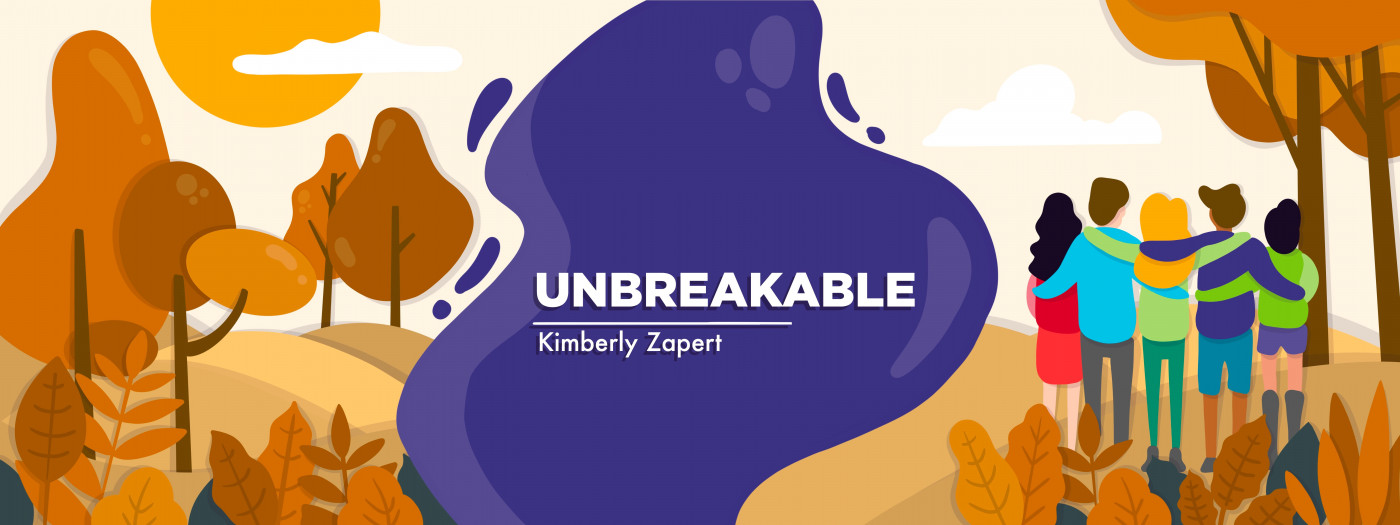Structure and Routine Helped Me Recover From a Traumatic Brain Injury
Written by |

It took many years to piece together the puzzle of my bodily weirdnesses.
I spent the last couple of years before my diagnosis of Ehlers-Danlos syndrome investigating several possible connective tissue disorders while treating my symptoms as they arose. As my skills to manage physiological symptoms improved, so did my ability to recognize and address my emotional and mental health needs. I began building a support network for myself and my children, who also have EDS.
In 2018, my children and I moved to a new town. All change, welcome or not, requires adjustment. Sooner or later, you acclimate and find a new normal.
Adjusting to a new normal
By 2019, I was adjusting to my latest normal, and I felt like I was finally gaining some traction. My household management systems had been put in place and were operational. The kids and I made it through cold and flu season and coasted through spring.
Summer break was closing in. Before I knew it, I was neck-deep in the last week of school, which was punctuated by a first grade recognition program and a middle school boat regatta. I was stepping into the light at the end of the school year tunnel. I felt accomplished.
My parents came to visit from out of state and were able to attend our celebrations and do some adventuring with us. As fate would have it, they were here to help me through a health crisis.
Reminder: Oh yeah, EDS
My blood vessels are fragile due to EDS. I bruise and tear easily, sometimes spontaneously (or at least that’s how it appears). I once felt a terrible sting of cold and pain seemingly out of nowhere, and when I looked at the place on my hand where it seemed to originate, a small, blue starburst pattern emerged, grew, and quickly faded beneath my skin, along with the strange sensation. Ah, such is life with weird veins!
The location and severity of my bruises determine my course of action. Unless a bruise is particularly large or painful, I consider it a nuisance injury and move on. When one appears in a particularly important area of the body or seems to indicate an ongoing bleed, I treat it more urgently.
Good thing I was prepared!
While retrieving some equipment from the basement, a headboard that was parked against the wall fell over and hit me on the head.
Something hard had struck my head, and I knew the blow could easily cause a vein to rupture in my brain. The situation called for prompt medical attention. The importance of the support network I had knit together and the structure I had begun to implement in my home was never more evident.
EDS still offers surprises
My stepmom looked after my children while my dad took me to the hospital, where I was diagnosed with a traumatic brain injury. Fortunately, I could go home to rest and recover. Unfortunately, recovery took much longer than I expected. I suppose I shouldn’t have been all that surprised, since EDS slows wound healing.
For months, I suffered from headaches and confusion. At home, I relied on systems and adaptive aids to make resting easier. Interestingly, resting my body was the easy part. I have lots of experience resting various parts of my body — a knee here, an ankle there, my hips, my hands, etc. What I was not quite expecting was having to rest my mind as well!
It literally hurt to think, and I was unable to be concise. Writing became cumbersome and took far too long. I couldn’t write a simple email, much less a column, without difficulty and pain. Cognitive rest helped, but if I overdid it in the slightest, the rebound was horrible.
I requested some time off from my column and a change in publishing frequency. The patient advocacy culture embraced by Ehlers-Danlos News and its parent company, Bionews, extends to its columnists, and their accommodation helped me not only manage my recovery, but it also gave me something to work toward: improving my ability to write.
Mitigate the damage and recover
I made sure to stay hydrated and mindful of my body so my regular symptoms of EDS and postural tachycardia syndrome wouldn’t complicate or mask any symptoms that would necessitate urgent medical attention. It took a while, but I eventually began to feel somewhat normal again, whatever that is.
I believe my recovery wouldn’t have been the same without the routine and structure I started setting in place in the lull between active health crises (although there’s never a true lull, it’s all relative).
***
Note: Ehlers-Danlos News is strictly a news and information website about the disease. It does not provide medical advice, diagnosis, or treatment. This content is not intended to be a substitute for professional medical advice, diagnosis, or treatment. Always seek the advice of your physician or other qualified health provider with any questions you may have regarding a medical condition. Never disregard professional medical advice or delay in seeking it because of something you have read on this website. The opinions expressed in this column are not those of Ehlers-Danlos News or its parent company, Bionews, and are intended to spark discussion about issues pertaining to Ehlers-Danlos.




Aaron
Thank you for this article. It really spike to me! I have eds and pots as well- and of course a she of other complicated diagnoses as well.... But it wasn't until a head injury 4 years ago that everything really, and I mean REALLY fell apart for me. Unfortunately I am still dealing with a lot of photophobia and an extreme sensitivity to overstimulation. My life has completely and dramatically changed- from that concussion injury. It's hard finding anyone to relate to in our complex situation! Thank you for posting this. I hope it generate a lot of conversation.
Julie
Aaron i too have heds and pots and then six yrs ago i was in a seroius car accident and sustained a TBI along with alot of other injuries. Ive worked really hard to get back. I struggle nerofatigue. I also was just diagnosed with psoriatic arthritis. So im currently a mess . Its so hard to have so much wrong and having to keep going at the worlds pace. Thank you for this article to know im not alone. Julie
Constance Frye
I enjoyed your story! I have eEDS at least as I am working DNA tests on other diagnoses. Just a 4 year wait to see a specialist in Indianapolis! I was diagnosed with hEDS 5-years ago by a Geneticscist by performing a examination and history! My problem is “no one believes me”! I am deemed just getting old! I will be 67 in October. I have been unable to do much because of Dysautonomia and all my Doctors said I was having “Panic Attacks” so I started taking my vitals and noticed that my Heart Rate increased to 120’s while my BP reduced! On my own I got an appointment with a local cardiologist (he knew very well what EDS can do to the heart)! I am on beta blockers and my recent ultrasound and testing (I did great walking the treadmill stress test) No Damage to valves or heart!
I can’t but barely walk due to constant Vertigo and I will weaken, sweat and must lay down before I pass out! I drink cool water and eat and I recover in 15!
I use a cane all the time! My boyfriend adapts but thinks I am a baby! I lost my daughter at 29 on 8/6/20, she was my caretaker! I have 4 cats plus I took her two!
It is hard to socialize as I also have Anxiety Disorder and depression that traditional meds are too much!
You are easy to talk to, Thanks